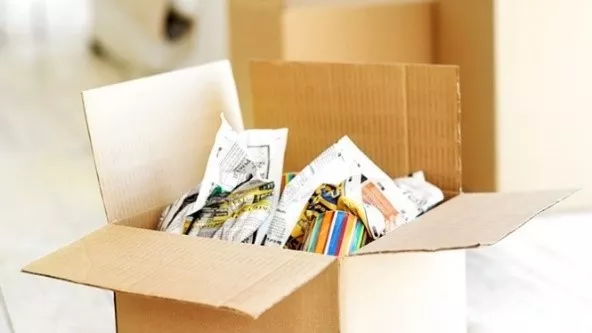
Have you gone through the process of moving before? Those who have can probably relate to the garage being one of the last areas you pack up and get ready before leaving. This may not be for the best. The garage is a place filled with items you use on occasion. It’s also a great place to store packed boxes.
If you are going to be moving sometime in the next 12 months, there are a handful of tips that can help you avoid stress and make the process efficient. This is especially the case when you choose to use a moving company.
Step 1: Inventory your existing belongings
While you go through the belongings in your garage, you’ll likely run across some items that you forgot you even had. There are four groups you should sort these items into:
- items that are unwanted and unneeded that can be thrown away or recycled
- belongings that you want to give to charity
- items that should be sold at a garage sale or classifieds site
- belongings that are wanted or needed in the new home
It’s entirely likely that you’ll find things and want to keep them even though they haven’t had use in months or years. Try to move past that feeling and rid yourself of unneeded items.
Step 2: Make sure you have everything you need to start packing
You will want to have cardboard boxes in various strengths and sizes when you’re ready to begin packing things up. You will also want bubble wrap, newspaper, or some other item to wrap up anything is fragile. Two-inch packing tape will close up boxes as you go. If you need extra reinforcement, add packing tape to the bottom of boxes before you pack them.
Step 3: Know what to do with everything else
If you choose to use a professional mover, it’s wise to contact them to find out what isn’t allowed in the moving truck. You can expect that this will include anything flammable, like paint cans, gas cans, aerosol cans, and propane tanks. There is no reason to pack these as you cannot bring them along. It may be better to give them away or recycle them.
In some cases, the movers may explicitly explain that you need to empty any gas tanks in machines like lawnmowers.
Step 4: Starting with labeling will help with organizing at the new home
One of the easiest ways to do this is by purchasing a few colors of labels and using one color for all belongings in a specific room. For the actual marking, it’s best to use a marker with a wide tip and indelible ink. Make sure to mark boxes that are fragile. You can even get labels with a symbol or the word ‘Fragile” so movers know to be extra careful with these boxes.
And do not forget to arrange the boxes in terms of what is being move, sold, and provided to charity.
Step 5: The best way to pack items up
- With items that go together, like tools you may have in one area of the garage, place them in the same box.
- If you have sharp or fragile items, use bubble wrap or newspaper to protect them.
- Use the original packaging if it is available.
- Disassemble things that can be as it will make them take up less space in the moving truck.
- Try not to make boxes too heavy as they may crush boxes they are stacked on top of.
If you are anxious about the last-minute stress common with moving, try to start your planning and packing months in advance. You can begin with the garage and then use as an area to store boxes as you continue to pack. If you have trouble deciding what to keep and what to donate, invite a friend or family member over to help you make decisions.
For those who are moving nearby their old home who believe the new home needs a new garage door or a good tune‑up, just contact us anytime at 1-877-828-5279.
If you prefer email, we can provide you with a detailed quotation that way. We’re also always happy to visit your home and help you determine the best options on the market for your needs. Those who want to be creative should use our design center, or look at our image gallery to get ideas and inspiration.

Add new comment